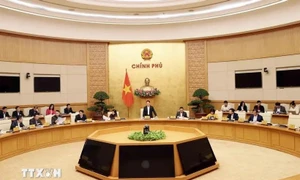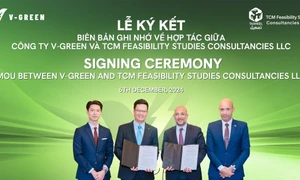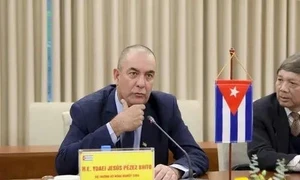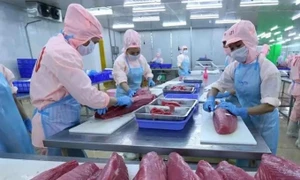According to VNA, inspecting the implementation of a project to make planning for the airport in the 2021-2030 period with a vision to 2050 on September 21, Thanh held that with the fast recovery and development of the aviation sector, it is quite possible for the airport to welcome 50 million passengers per year by 2030.
Therefore, it may be overloaded and face congestions in the future if it is not expanded in a timely manner, he said.

The official underlined the need for the airport to become more modern with a larger scale, deserving its role in the capital city.
It is necessary to promptly complete and approve the airport’s planning, then quickly design investment policy for the project to report to authorised agencies, he stressed.
Ministries, sectors and localities were requested to fulfilled their assigned tasks to ensure that the construction of new runways and terminals of the airport will commence within 2024-2025.
According to the Ministry of Transport, currently Noi Bai International Airport has two passenger terminals with a total capacity of serving 25 million passengers per year, and a cargo one that can handle 403,000 tonnes each year. In the 2010-2019 period, the average growth in the number of passengers was 13.4%, while that of goods was 14.5%. In 2019, the airport served over 29 million passengers and handled 695,325 tonnes of goods, it said.
Director of the Civil Aviation Agency of Vietnam (CAAV) said that French advisory agency ADPi has built the planning since June 2019.
Under the planning, by 2030, the airport is expected to have a third runway and three passenger terminals. The airport's existing terminal T2 will be expanded so that the combined capacity of Terminals T1 and T2 will reach 30-40 million passengers per year, and a new Terminal T3 with a capacity of 30 million passengers per year will be built to the south.
By 2050, the CAAV estimates the airport to serve 100 million passengers and handle 5 million tonnes of cargo each year.
Vice Chairman of the Hanoi People’s Committee Nguyen Trong Dong said that the city basically agrees with the development planning of the airport, pledging that it is willing to engage in ground clearance activities for the project.
























